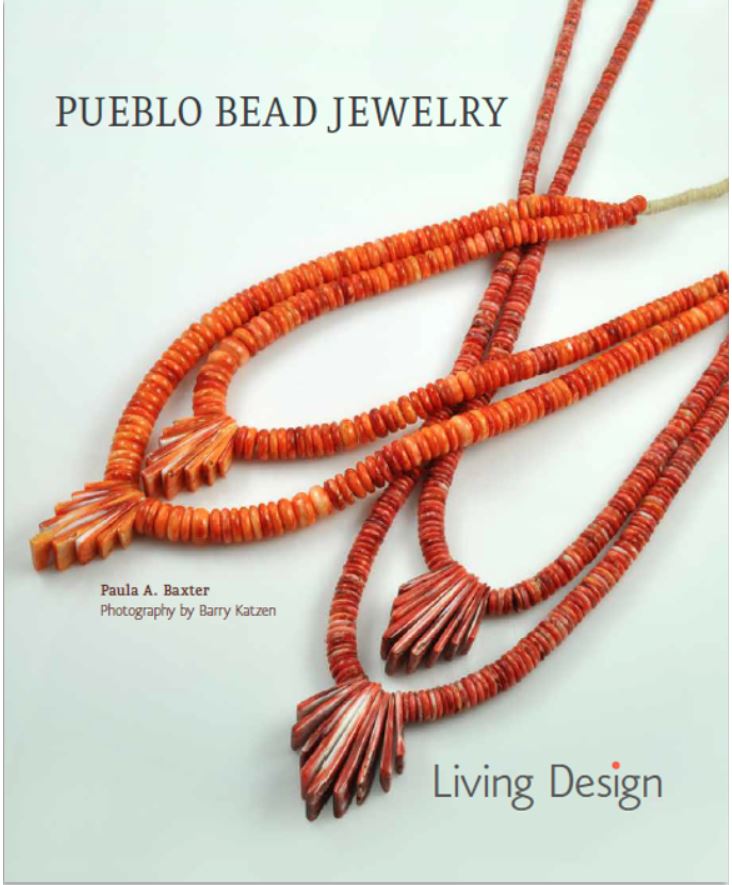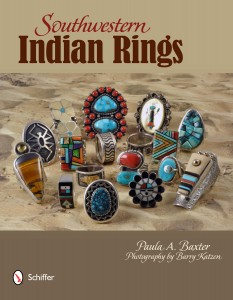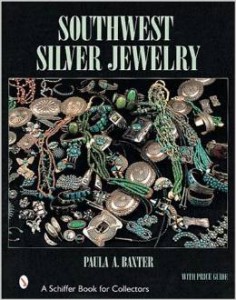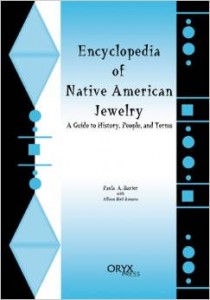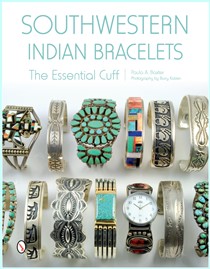Matilda Ruto Townshend leaned back in her booth at Earl’s Restaurant on Historic Highway 66 in Gallup. She’d heard a lot about this famous eatery and it certainly seemed pleasant and rather unremarkable as well, not unlike country cafes back east or in the Midwest. On the other hand, she watched a small chain of youngsters with boxes of pre-fabricated hoop earrings and fake tomahawks file by diners’ booths and tables. A gap-toothed older man was busy selling some fabric dolls to a middle-aged couple who gazed raptly at his goods. That wasn’t like anything at home. There were other vendors, too, lined up in the parking lot.
Matilda was excited and nervous. She was feeling rather like a new generation Indiana Jones. If the tip she’d been given a few weeks ago was good, she had a chance to acquire a rare and distinctive object and resolve a longtime puzzle about a famous Native silversmith. She’d had to fight hard, to counter the speculation and doubt she’d engendered by her aristocratic origins and family prominence. The Townshends were politicians, small town moguls, and educated at Yale and Brown, occasionally Harvard. They played touch football with the Kennedys and the Bushes. What was someone like her doing in a Navajo reservation border town?
Waiting for her contact, it seemed. For the fortieth time, she blessed Tom Vaughn’s propensity for craft beer; he’d been the one to lead her to the person she was here to meet. So many people involved in the world of Native American affairs stepped into Earl’s. Across the way, a young waitress wiped down an empty booth. Several times she had given Matilda friendly looks. She looked like she might be Indian or Hispanic, possibly a mix. Matilda had endured enough forensic anthropology to be comfortable with her assessments. Since she was at least ten minutes early, Matilda ran her mind back on the issue at hand.
Anthropologist John Adair had done field work on the Navajo reservation in the 1930s. Many of the silversmiths he talked to had memories of the first generation of Native smiths. One of the first was a man known a Slender-Maker-of-Silver; there was an early photograph of him holding out a stupendous concha belt in a clearly early style. Metalworking was fairly new to the Southwestern Indians, and exposure during captivity in the 1860s to Army blacksmiths and Mexican plateros. To this day, the early silverwork of the first smiths was rare and hard to locate, complicated by the fact that the men of the nineteenth century did not use hallmarks.
Even today attribution of Slender-Maker-of-Silver’s works was disputed. Two museums held pieces with fairly believable provenances. A dealer in Pennsylvania and a collector in Washington D.C. allowed scholars access to items they insisted were his work. The man’s family name, Peshlakai, also accounted for relatives born into later generations who displayed comparable talent. For most of the twentieth century his oeuvre remained guesswork.
And then, in 2010, a graduate student working on the archival writings of a late nineteenth century army doctor, held in a Nevada local history institution, unearthed new information that made the story of Slender-Maker-of-Silver spring back to life. This doctor, who plied a steady route of army forts between Albuquerque and Carson, had written some journals near the end of his life. Dr. Buckner claimed that he’d made friends with Slender-Maker-of-Silver in the 1880s and 1890s and had urged him to use a crude hallmark to distinguish between his work and that of jealous rivals. This metal mark was a wavy S shape, and Buckner reproduced a drawing of the hallmark.
The antique American Indian art world went nuts. Scholars, experts, and museum curators chose sides and the academic brawling began. Collectors and dealers, bellowing about Navajo silverwork as a “living art,” interviewed every Peshlakai they could find, including an Iranian immigrant who’d been adopted by a California branch of the family. Mysterious pieces replete with this hallmark suddenly appeared on the market, until some very determined Department of Interior detectives uncovered their origin in a Farmington pawn shop basement.
Matilda found her way into this landmine field when her director at the prestigious private museum in New England tapped her to learn more about the controversy. The director had spent some time with a Peshlakai family on the Navajo reservation when completing field work for his doctorate. He’d become intrigued and, eventually, obsessed by the notion that Adair’s informants had played him wrong in some instances. Dr. Buckner’s journals had reignited his scholarly interest. A new development, however, had made her boss push Matilda further into the quagmire.
(Continued next week)
